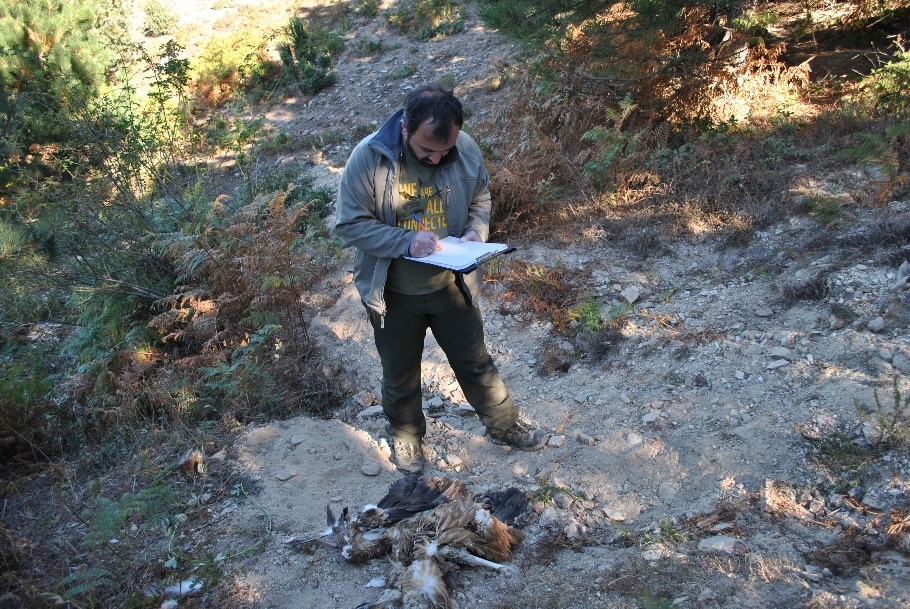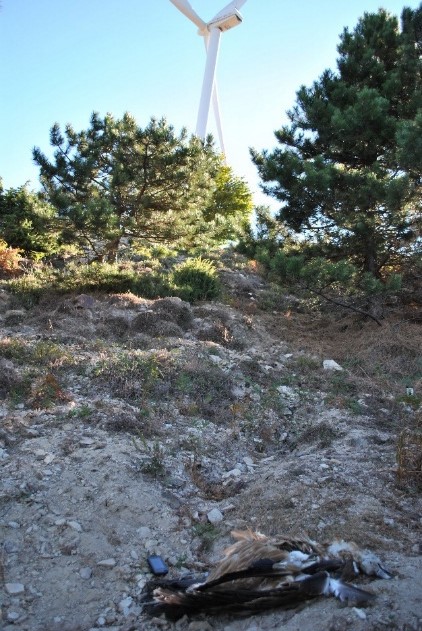Cumulative effects of wind farms: a new study by the SPBT aims to provide answers to unanswered questions

Wind turbines are known to pose a potentially fatal hazard to birds when they are situated in their flight paths. But how significant is this risk in practice and what are the real effects of wind farms on birds?
The assessment of the impacts of a wind farm is done in the context of its environmental licensing, when a determination is made of future effects (characterised as "low", "moderate" or "high") although, in some cases, the assessment is also made during its operational stage. The assessors give an opinion on the effects of any specific wind farm, by using its technical characteristics along with those of any accompanying projects in an area that is specified and with the data available at that particular time.
But how is it then that we see licensed wind farms, theoretically with controlled effects on birds, but in practice having very substantial negative impacts?
The problem is that the assessment focuses on each wind farm in isolation, without taking into account the effect arising from the clustering of wind farms in nearby areas, which cumulatively can be quite different.

Indeed, quantifying the cumulative effects of wind farms is, in practice, ignored during the environmental assessment system for permits, even though the law requires it (EU Directive 92/43/EEC: "Each project, not directly connected or necessary for the management of the site, but which may significantly affect the site in question, on its own or together with other projects , shall be properly assessed in terms of the effects of……”). The result is the improper siting of an ever-increasing number of wind turbines in Thrace, accompanied by a high number of documented negative impacts on a multitude of endangered bird species that are found in the area.
With the aim of putting a stop to this negative course of action, the SPBT took an initiative to prepare for the first time a study to assess the cumulative effects of the wind farms of Thrace. The study examines the sustainability of rare bird populations, the impacts related to bird collisions and population displacement, the impacts on bats and the impacts arising from changes to land use and habitat types. At the same time, there will be an evaluation of the monitoring studies used to determine the effects of wind farms and how the legal framework is applied with respect to the cumulative effects of WPPs.
The results and conclusions of the study will form the necessary basis for use in the proper planning and licensing of wind farms, with the aim of having their proper siting that minimises their negative impacts.
